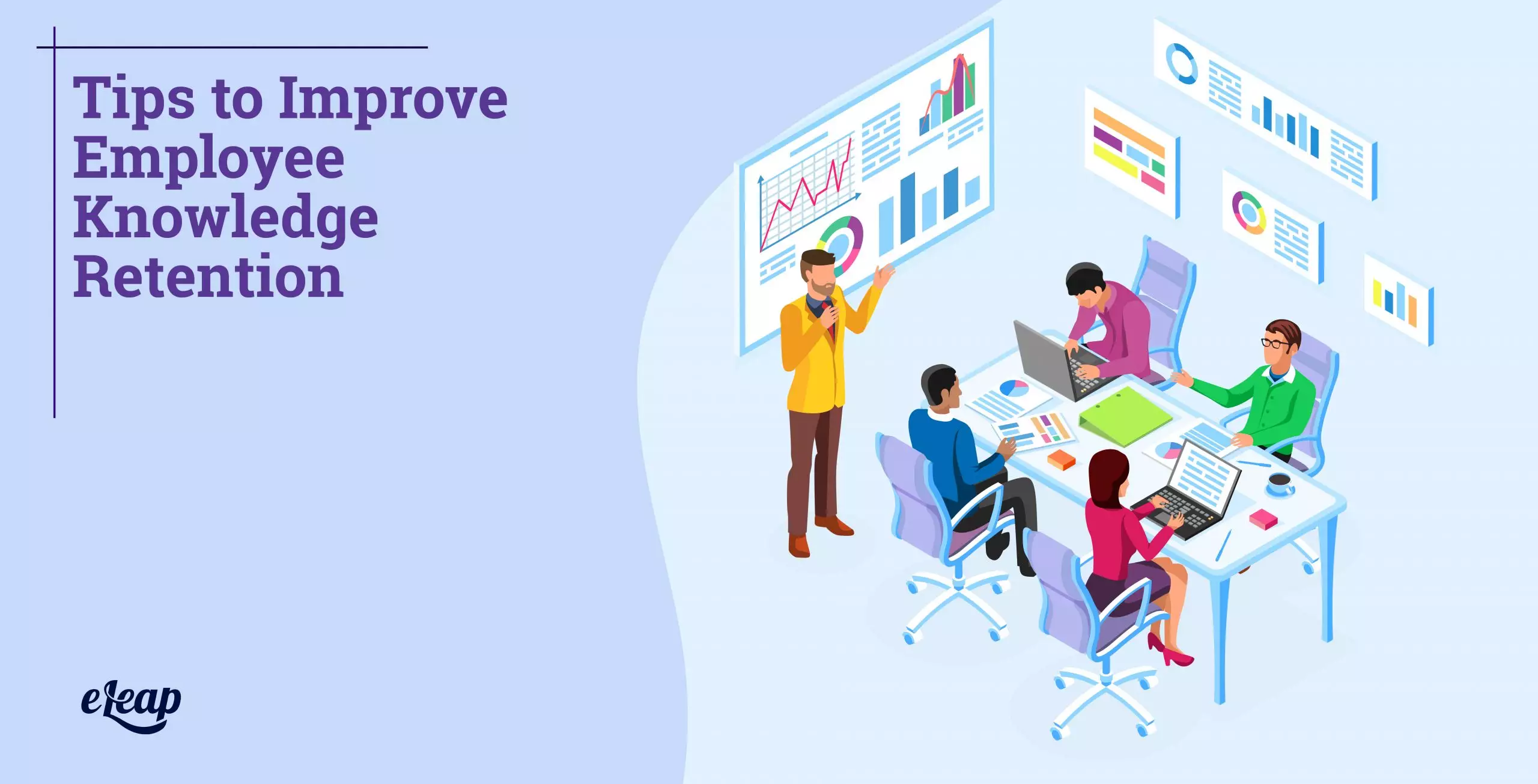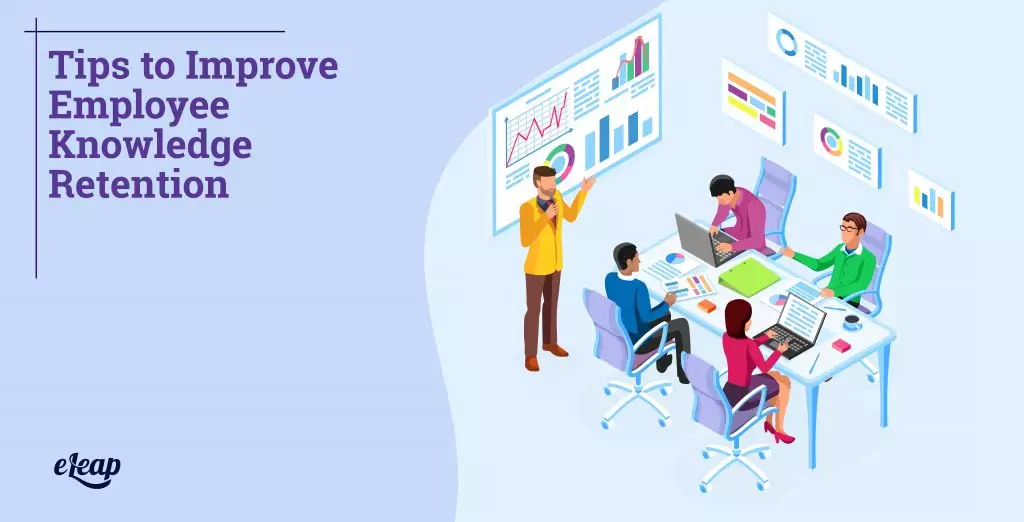Tips to Improve Employee Knowledge Retention

Training is a vital part of employee development. Even if an employee isn’t required to complete continuing education for certification purposes, you must still provide education and training in a wide range of areas, from HR to job-related skills. However, the challenge is two-fold. Not only must you ensure that every employee receives the educational opportunities they deserve, but they must retain the knowledge they learn.

Knowledge Retention
Knowledge retention is nothing more than a person’s ability to remember, access, and apply the knowledge that they learn through in-person classes or via a learning management system. On the surface, it would seem like any decent education or training program would help ensure that your employees retained as much information as possible. That’s not the case, though. For instance, did you know that face-to-face training usually results in about 10% knowledge retention? It’s pretty abysmal. What can you do about it, though?
Shift to eLearning
Perhaps the single most important thing to do to bolster knowledge retention is to shift from traditional classroom-based learning to an eLearning system. Digital training offers an incredibly wide range of benefits, but improved knowledge retention is one of the most important. Employees using an eLearning system have been shown to retain between 40 and 60% more knowledge than those in a classroom-based setting.
Microlearning Can Help
When presented with a huge lesson that will require a significant commitment of time and energy to complete, many employees automatically begin shutting down. It becomes harder to pay attention and more difficult to retain information. By breaking things down into smaller chunks, you can increase knowledge retention and success. It makes it easier to pay attention, to really take in the information presented, and can actually reduce the overall amount of time spent in training in the first place.
Eliminate Outmoded Technology
While eLearning can provide some dramatic benefits, you need to ensure that you’re actually up to date in terms of delivery technology. For instance, if you’re still relying on instructional CD-ROMs designed back in the 2000s, then you’re behind the curve. Modern technology does represent an investment, but it also provides some significant benefits. For instance, streaming technology delivers an instant connection, rather than the super slow loading times required with CDs. There’s also the fact that your employees are conditioned to and familiar with today’s technology. Tech from two decades ago is not going to hold their attention and may steepen the learning curve.
Use Repetition
One way that you can ensure employees retain knowledge is to repeat it throughout multiple lessons and even entire modules. However, you should not simply reuse the same format as before. Repeat the information but make the experience knew.
Use a different communication method, for instance. Consider written text, narration, and even animation to help differentiate each learning experience while driving home the importance of the information in question.
Spread Out Learning Sessions
One reason your employees may be struggling to retain what they learn is that they are trying to do too much at one time. If your sessions are scheduled very close together, then the information may be crowding in on other things they learned shortly before.
When information overload occurs, the brain picks and chooses what it wants to keep. There’s not a lot of logic to it, either. To help avoid this situation, consider spreading out the learning sessions so that your employees have time to absorb the information they learn before trying to add yet more to it.
Mix Up the Senses
Let’s face it – training can be incredibly boring. That’s particularly true if all the learner does is read from a screen. Instead, you need to mix up the senses. Reading, video, audio narration – all can and should be used to help deliver an optimum experience.
A great deal of information/knowledge loss comes when a student becomes numb to the learning because of boredom and disengagement. Mixing up the formats and delivery methods helps ensure better engagement and reduces boredom.
Create Information Loops
Often, training is linear in nature. For instance, an employee might complete unit studies, then a unit quiz, repeating this process throughout a module. Once they’re done, they move on to the next module. However, in modules with multiple units, this could mean that the information learned in early units is forgotten as more data is piled on in later units. To avoid that, consider creating a loop by using a module quiz or test. Include questions from all the units to help cement learning. If possible, make questions related to the key points of each unit so that the most critical information is reinforced and retained.
Mix Up Topics
Because of the human brain’s penchant for retaining only what it deems important, forcing learners to complete one related module after another increases the chances that their brain will delete something important. To help get around this issue, consider mixing up the topics covered in each lesson or learning session. This is called interleaved practice and helps encode learning in long-term memory where it’s protected from information overload-related deletion.
Get Hands-On
Finally, try to work in hands-on learning when possible. This can be done in any number of ways, from the use of actual physical props to gamification that puts the student into a learning-related game.
Hands-on learning has been proven to help cement learning in long-term memory, but can also help students grasp and understand challenging topics in ways impossible through other types of learning.
Conclusion
Employee training and education programs are only as good as your employees’ ability to retain the knowledge they learn. You could spend millions developing a new learning system, only to find that it doesn’t deliver the required ROI. However, the tips above will help you transform an existing system or build a new learning system that delivers the benefits, flexibility, and capabilities that today’s learners need and deserve.